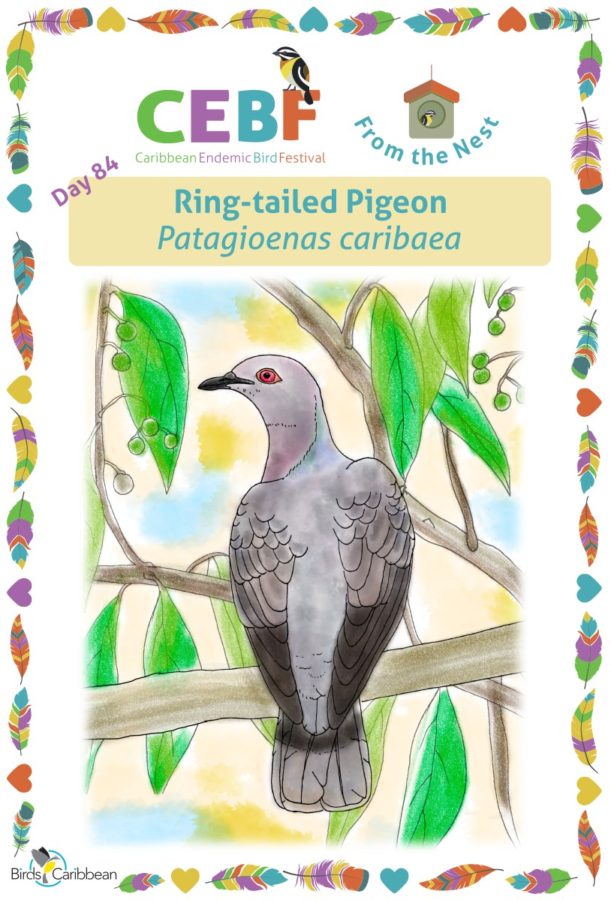Celebrate the Caribbean Endemic Bird Festival (CEBF) with us! Our theme in 2022 is “Loving Birds is Human Nature” . Have fun learning about a new endemic bird every day. We have colouring pages, puzzles, activities, and more. Download for free and enjoy nature with your family at home.
Endemic Bird of the Day: Ring-tailed Pigeon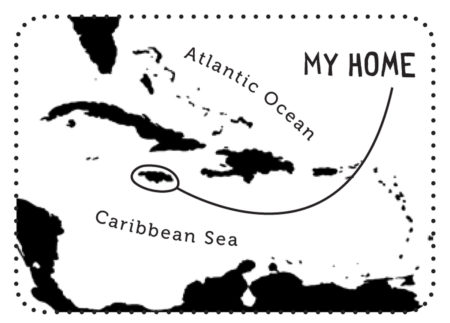
If you are hiking or camping in the Blue and John Crow Mountains National Park, you will likely see the Ring-tailed Pigeon flying gracefully across the valleys, awakening the forest with its resonating calls. The National Park, as well as Cockpit Country, are Protected Areas – providing a safe haven for this beautiful bird. One of Jamaica’s 29 endemic bird species, it is also the largest pigeon native to the Caribbean, measuring up to 48cm (approx. 19 inches) in length.
Living up to its name, the Ring-tail has a dark band or ring around the upper parts of its light gray tail. This is most visible in flight as it likes to flare its tail, especially as it approaches to land. The dark tail-band can sometimes be hard to spot when the bird is perched; but its large size and pinkish head and underparts, contrasting with the dark gray wings, are easy to identify. Look for its bright red eyes and short dark bill. The back of its neck reflects metallic bluish-green colors. You may hear it calling softly: “oooOOO-hooo,” or a throaty “croo-croo-croooo.”
The Ring-tail’s main habitat is the interior wet broadleaf forests along Jamaica’s spinal ridge. The wet limestone forest of the Cockpit Country and Blue and John Crow Mountains are where it is most at home, nesting in mid-canopy in tall trees between March and September. Ring-tails often descend to lower elevations in cooler months and move higher into the mountains during the summer.
The Ring-tail feeds exclusively on small fruits. Some of its favorite feeding trees include Jamaica’s native trumpet tree and hogberry. Some introduced berries, such as cheeseberry, wild raspberry and billberry may also be on its menu. Surprisingly, in 2021 it was seen going to ground and feeding on vegetables in farmers’ fields.
Illegal hunting is a concern for this species because of its large size, its flocking tendency and seemingly nonchalant demeanor. This, along with habitat loss from agriculture and mining are the main reasons the Ring-tailed Pigeon is considered vulnerable by the International Union for the Conservation of Nature (IUCN) Red List. Learn more about this species, including its range, photos, and calls here.
Colour in the Ring-tailed Pigeon
Download our West Indies Endemic Bird colouring page. Use the photos below as your guide, or you can look up pictures of the bird online or in a bird field guide if you have one. Share your coloured-in page with us by posting it online and tagging us @BirdsCaribbean #CEBFfromthenest
Listen to the calls of the Ring-tailed Pigeon
The calls of the Ring-tailed Pigeon are a soft repeated, “oooOOO-hooo, oooOOO-hooo.”
Puzzle of the Day
Click on the image below to do the puzzle. You can make the puzzle as easy or as hard as you like – for example, 6, 8, or 12 pieces for young children, all the way up to 1,024 pieces for those that are up for a challenge!
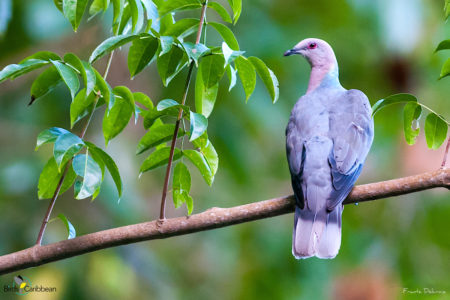
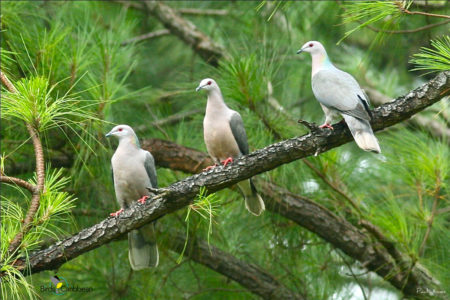
Activity of the Day
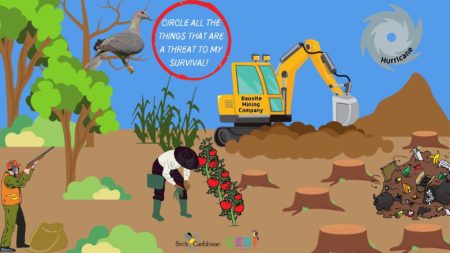 FOR KIDS: Ring-tailed Pigeons love to make their homes in the humid broadleaf forests of Jamaica’s mountains. Sadly, numbers of Ring-tailed Pigeons are decreasing and this bird is considered to be a vulnerable. Read the text above, all about Ring-tailed Pigeons, carefully and find out what the threats to this beautiful bird are. Then take a look at this image and circle all the things you can see in it that would a danger to Ring-tailed Pigeons. Think about where these birds live and what they eat. Once you think you have found them all you can check your answers here.
FOR KIDS: Ring-tailed Pigeons love to make their homes in the humid broadleaf forests of Jamaica’s mountains. Sadly, numbers of Ring-tailed Pigeons are decreasing and this bird is considered to be a vulnerable. Read the text above, all about Ring-tailed Pigeons, carefully and find out what the threats to this beautiful bird are. Then take a look at this image and circle all the things you can see in it that would a danger to Ring-tailed Pigeons. Think about where these birds live and what they eat. Once you think you have found them all you can check your answers here.
FOR KIDS AND ADULTS: Enjoy the video below of Ring-tailed Pigeons in the wild!

